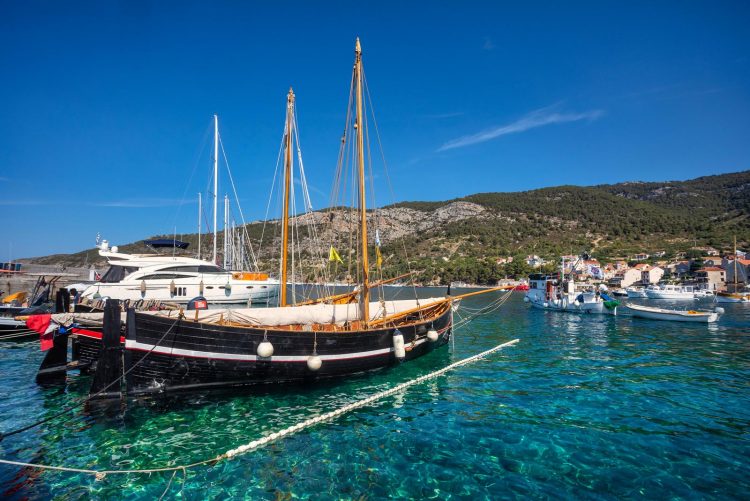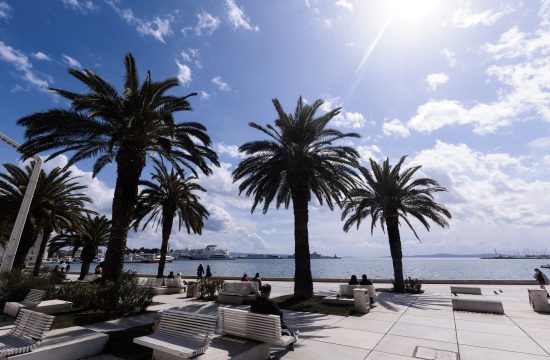
A traditional wooden fishing boat called falkusa historically used by fishermen on the Adriatic island of Vis sailed along the river Rhine in Strasbourg on Tuesday in an exhibition organized by Croatian MEP Tonino Picula and an association of island's fishermen, in a display meant to "show Europe the importance of preserving tradition and a sustainable way of life."
“The falkusa is a sustainable boat,” said Josko Bozanic, one of the leaders of the project to revive the ancient tradition of building falkusa boats, told state news agency Hina at the launch of the boat into the Rhine in Strasbourg.
He added that the fishermen of Vis want to “tell the story of a boat that can be an example to the European Union” because “this is a vessel that embodies sustainable manufacturing, as it uses selective tools and renewable resources,” he said.
This type of boats has been traditionally used to catch small fish like pilchard or anchovies in deeper waters away from the shore, which would then be processed and preserved on the spot. Over centuries, the fishermen of Vis have developed the tradition of going on long fishing expeditions in the open seas, a unique practice in the Adriatic, where most fishing has historically been done closer to shore.
The boat, usually 7-8 meters in length and manned by a crew of 6 oarsmen, was traditionally made out of wood sourced from nearby islands, such as cypress, oak, and larch. The boat was also made famous by an annual regatta held as early as 16th century, with fishermen racing falkusas some 42 nautical miles from Vis to the outlying island of Palagruza in the middle of the Adriatic.
Although the race was discontinued after 1936 amid the decline of sailing boats due to the arrival of outboard engines, the event is still talked about as Europe’s oldest regatta.
By the early 20th century falkusas disappeared from commercial use because of the growing popularity of motor-powered boats, and the last original falkusa was destroyed in a storm in in 1986, before it was stored and put on display in a local museum. In the late 1990s the boat began to be appreciated as a cultural artifact, and in 1997 it was included in Unesco’s World Heritage List. Since then, several new replicas have been built.
The exhibition in Strasbourg was organised by MEP Tonino Picula, as part of a larger project focused on using cultural heritage “in support of European recovery.”
According to a state agency Hina, “Picula deals with the development of islands and coastal areas in the European Parliament among other things, and he sees the falkusa as an expression of persistence and the need of man to cope with the challenges of survival.”
A round table on employing heritage in support of Europe’s economic recovery will be held in the European Parliament in Strasbourg on Wednesday. Later in the day, the falkusa is expected to sail down the river right up to the European Parliament building, where an exhibition about the story of the Palagruza regatta will open.




Kakvo je tvoje mišljenje o ovome?
Budi prvi koji će ostaviti komentar!